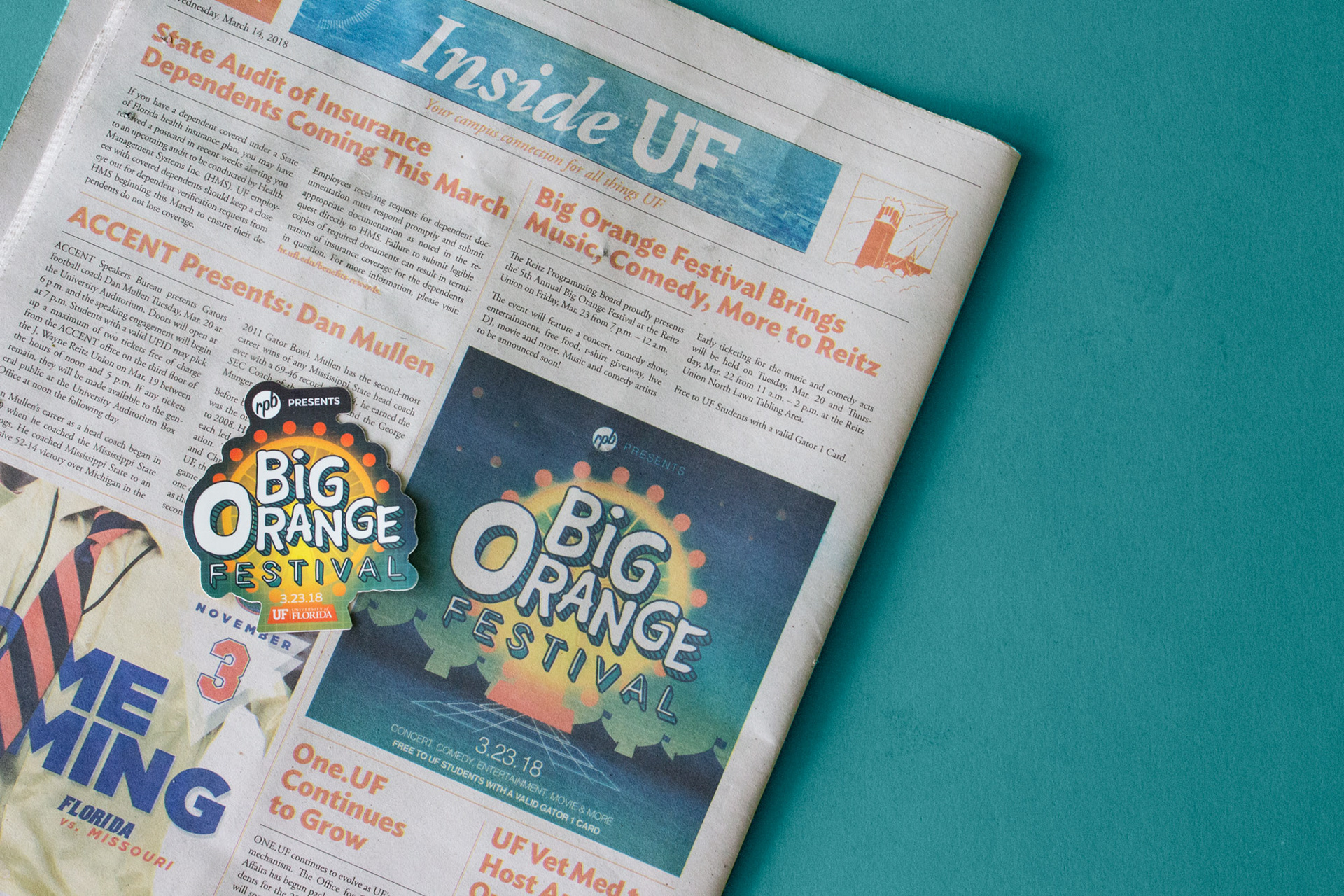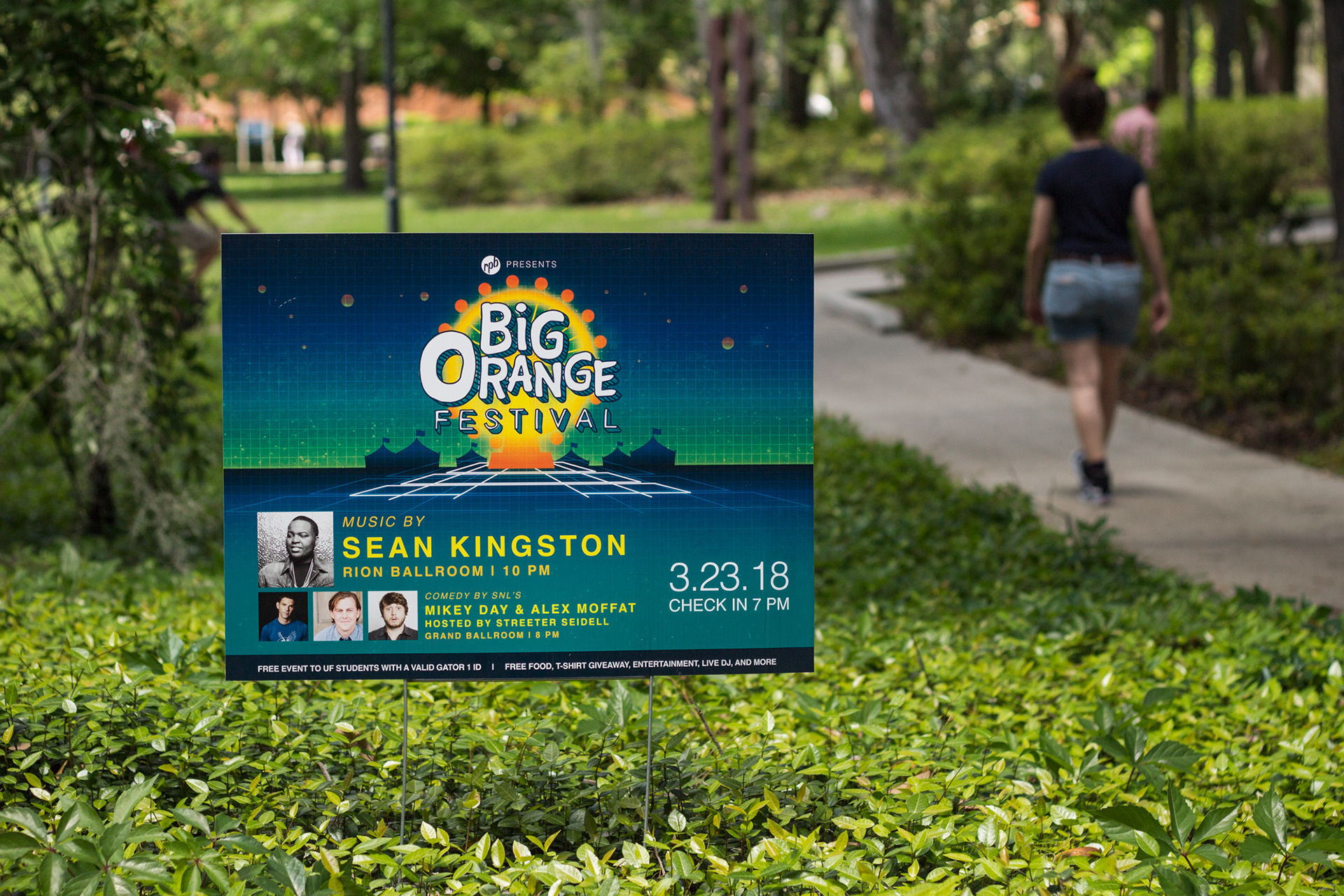RPB Rebranding Motion Graphic
Relaunch Digital Display Component (Photo Credit to Thomas Moseley)
Relaunch Poster Component [Photo Credit to Sylva Kabuanseya (Left) and Carla Vianna (Right)]
Recruitment Poster Component [Photo Credit to Thomas Moseley (First Three Photographs) and Carla Vianna (Rightmost Photograph)]
Office Vinyl Component
THESE GRAPHICS DO NOT BELONG TO ME. The imagery above has been used as a broad-level source of graphic inspiration for this rebranding only. All material created for RPB will be original in graphic design, subject material, and copywriting. These graphics are not to be shared or redistributed.
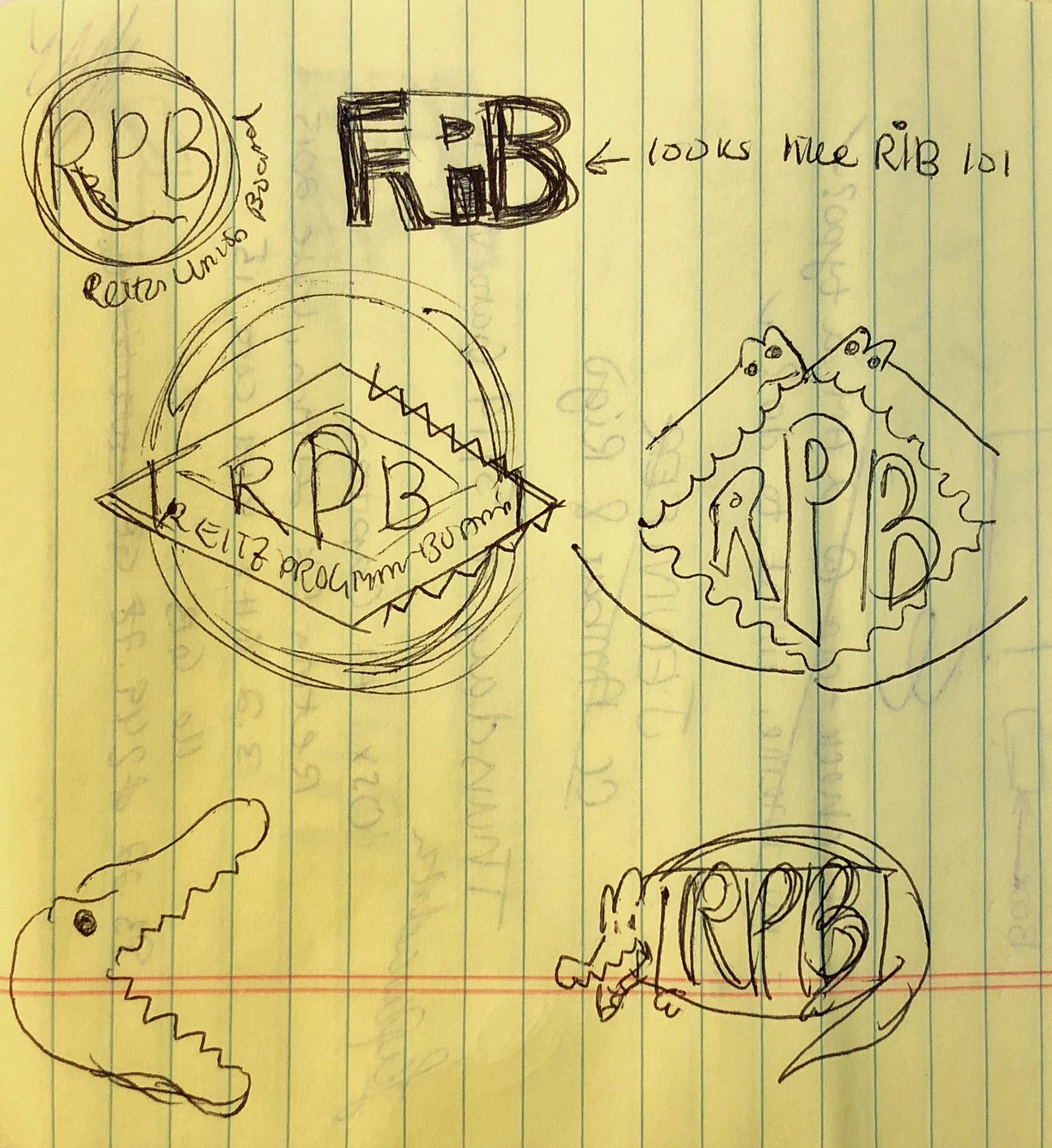
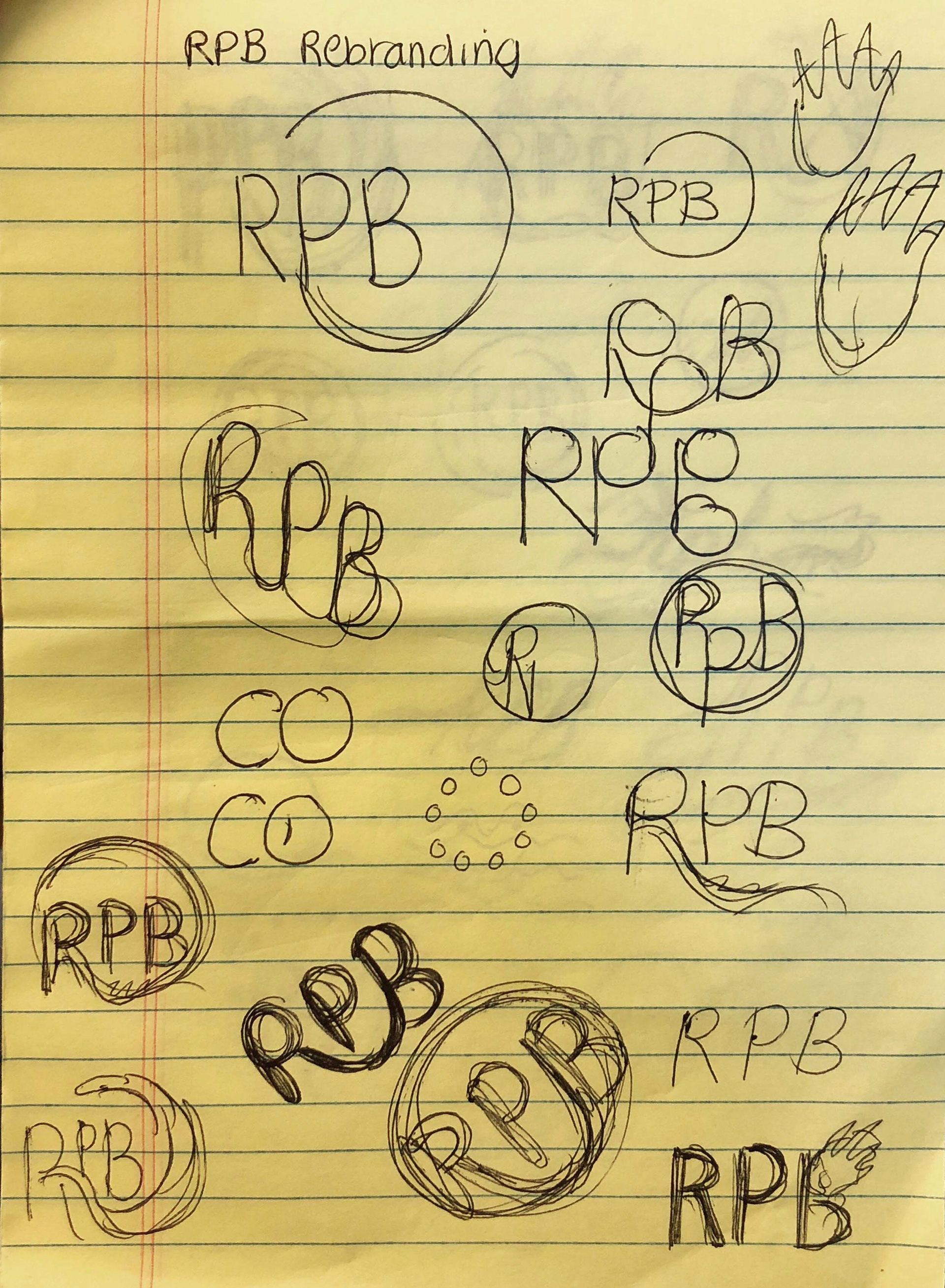
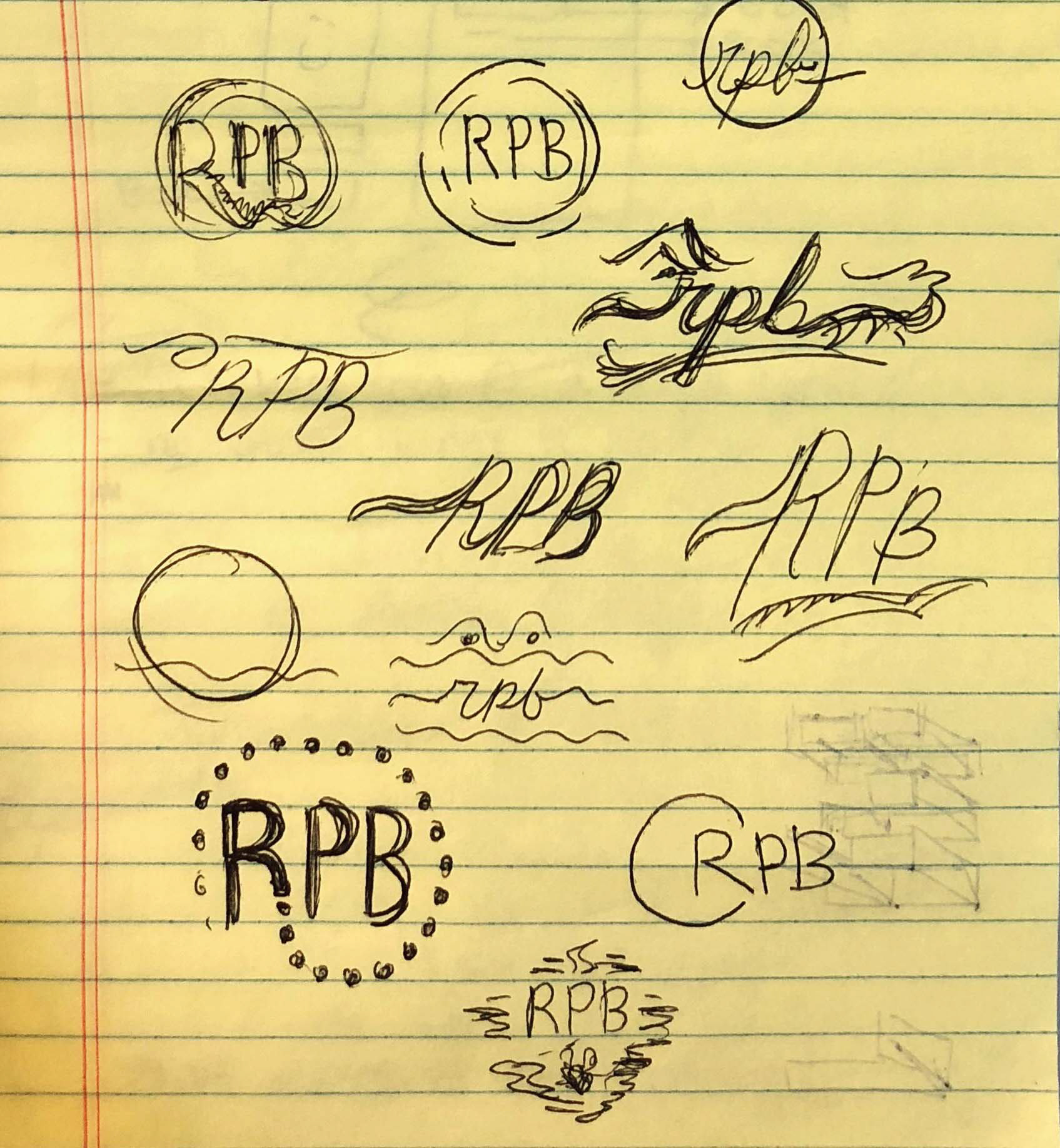
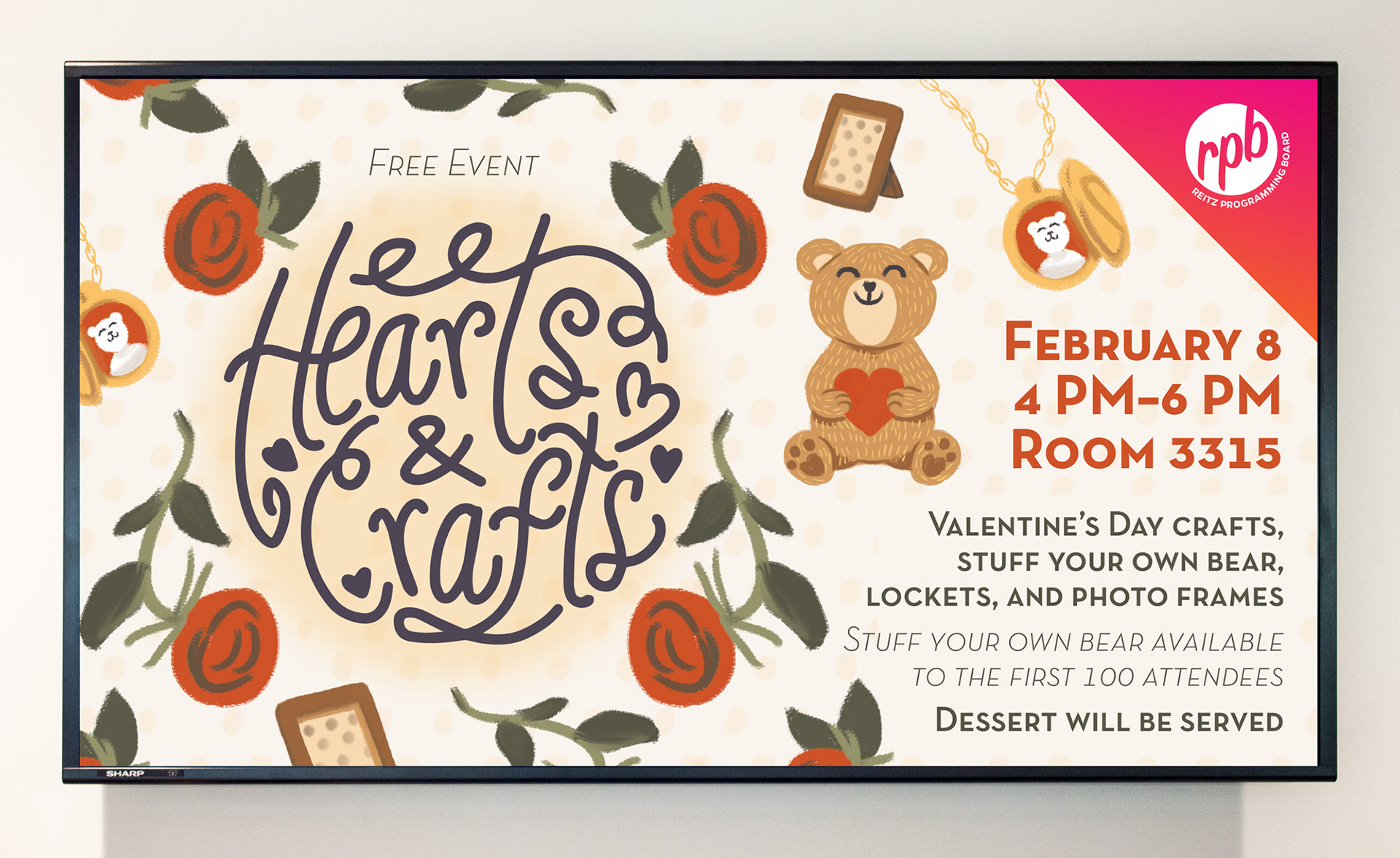
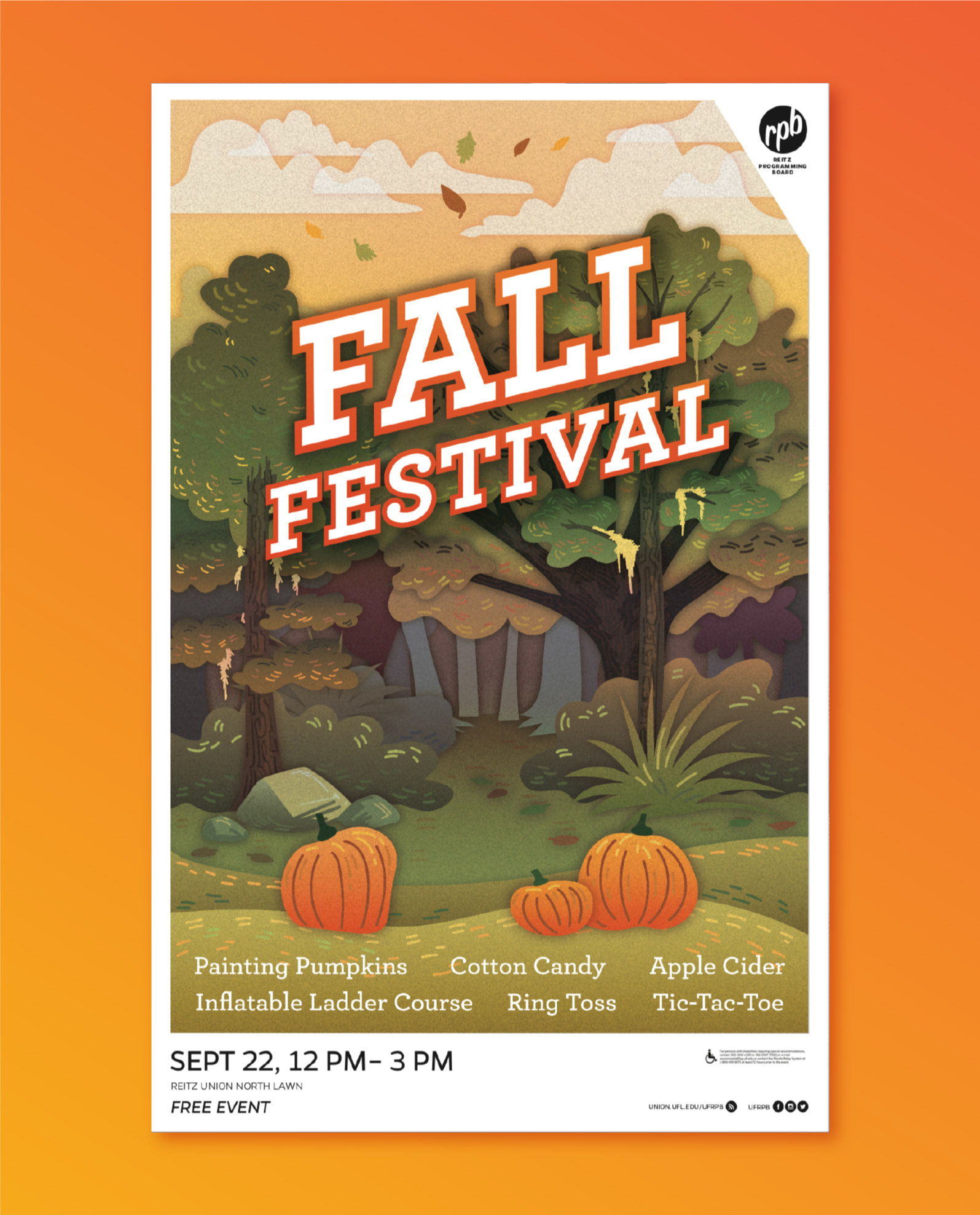
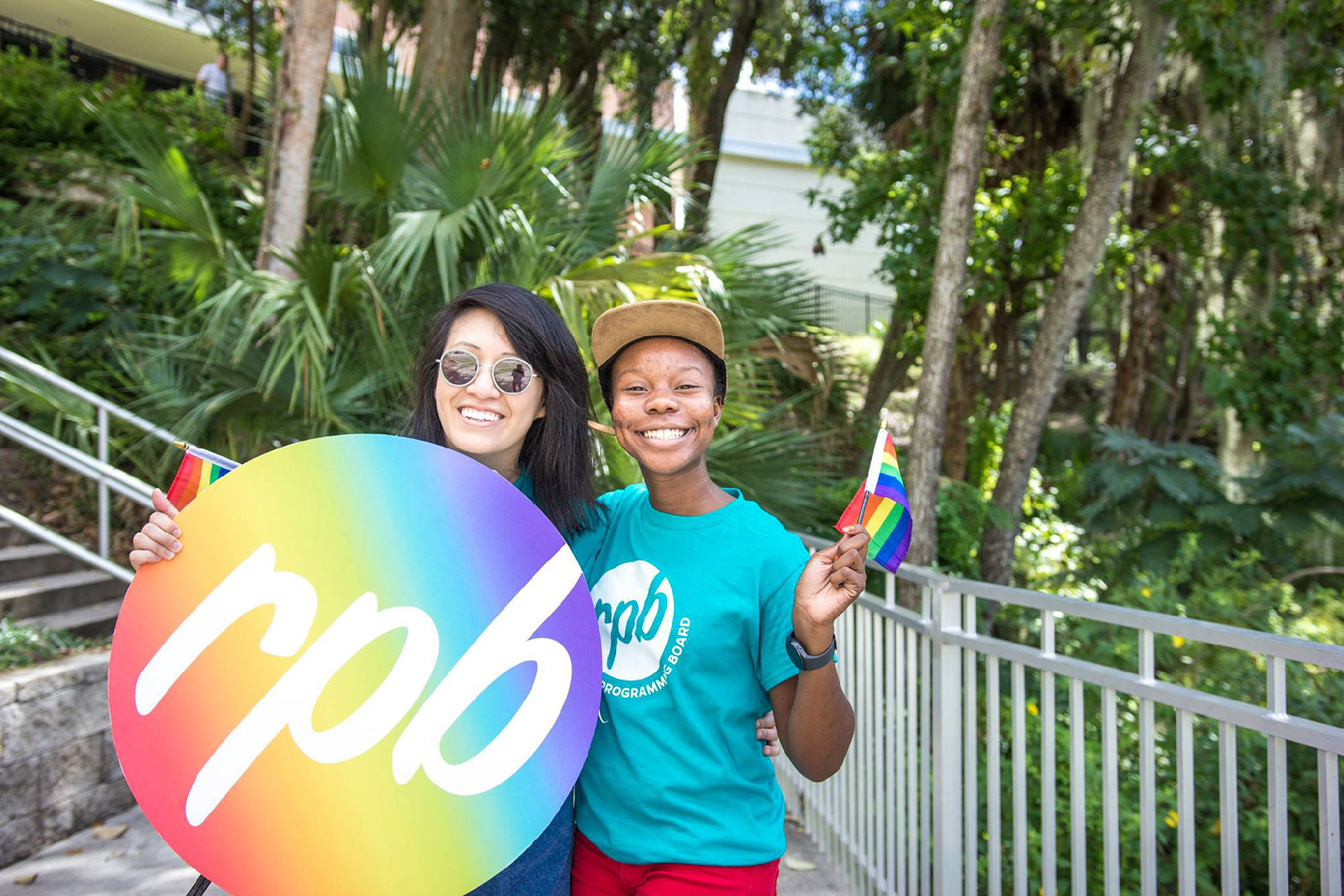
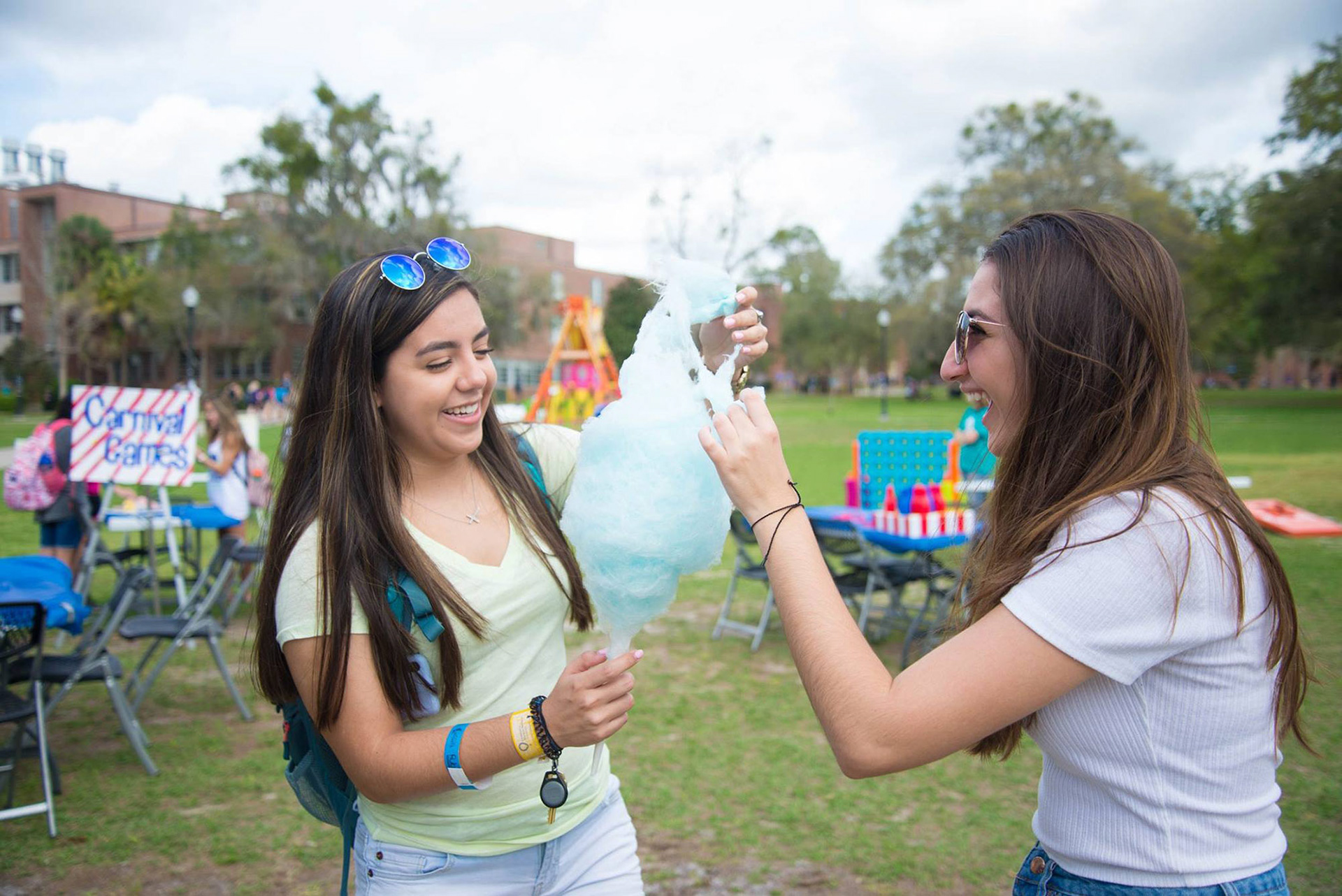
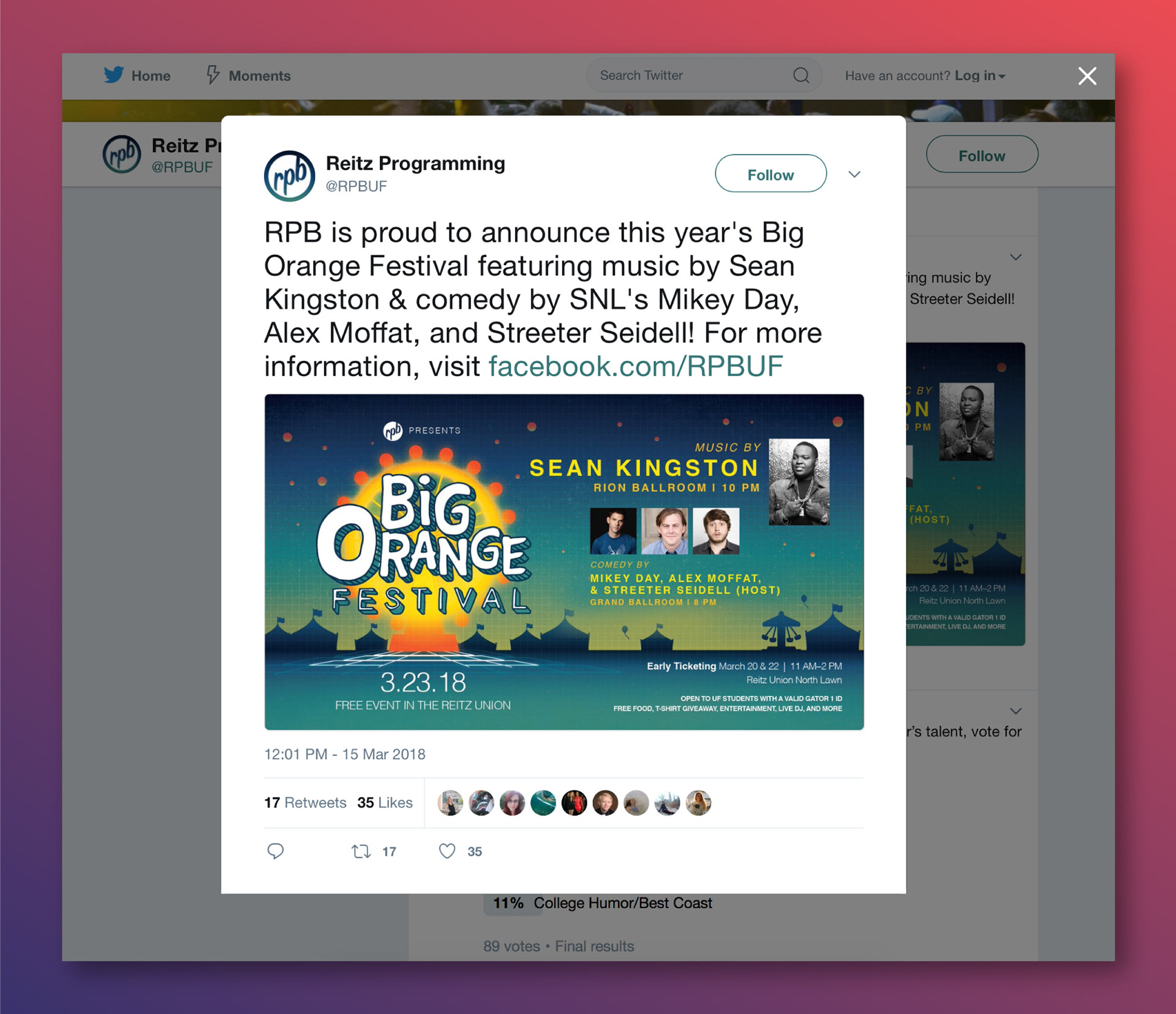
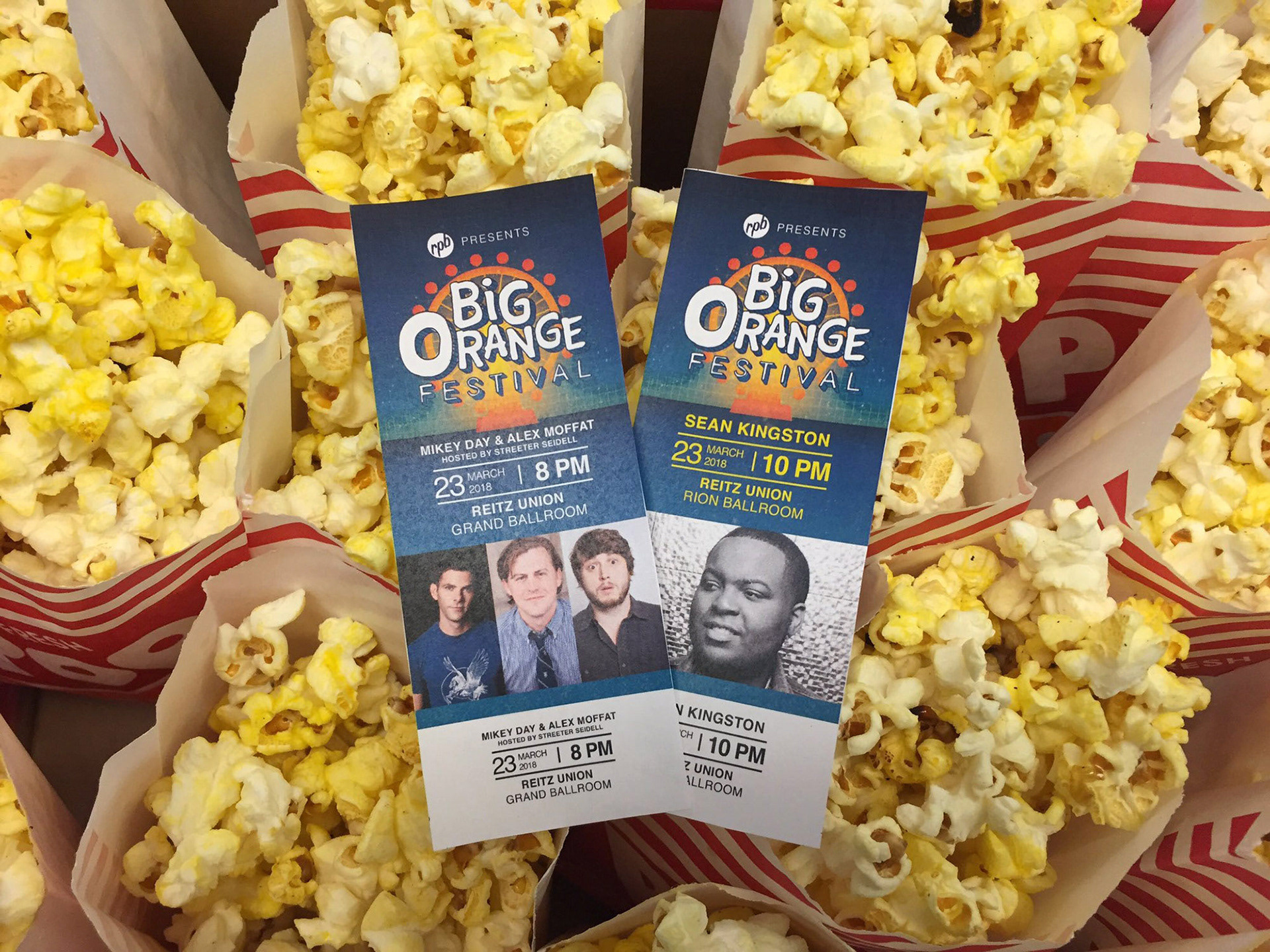
Sean Kingston Concert at the Big Orange Festival (Photo Credit to Isabella Guttuso)
